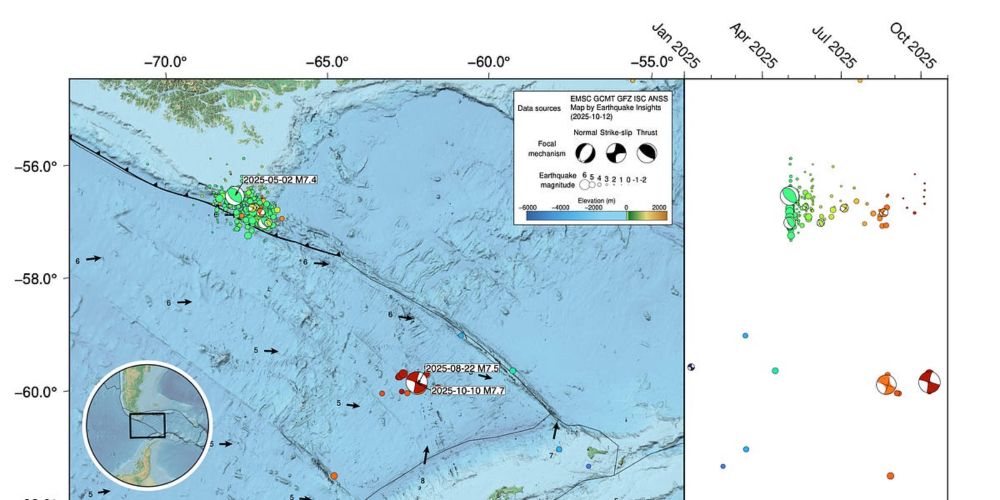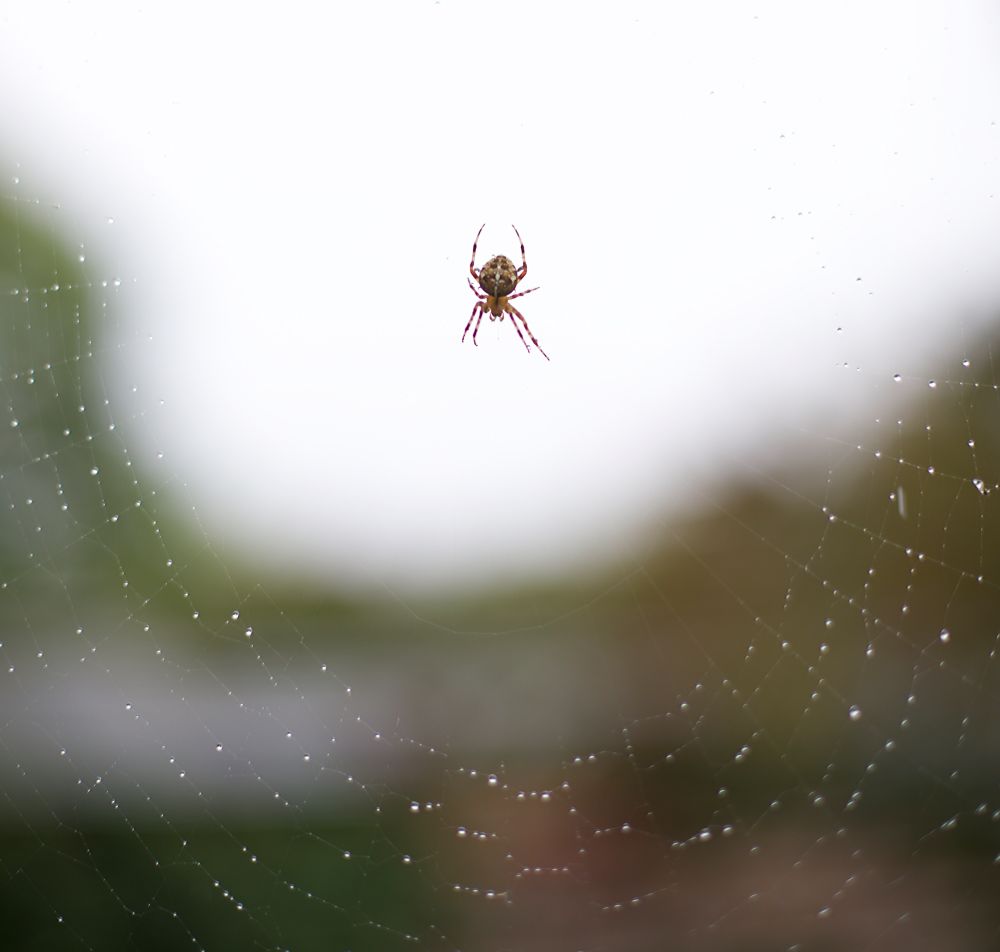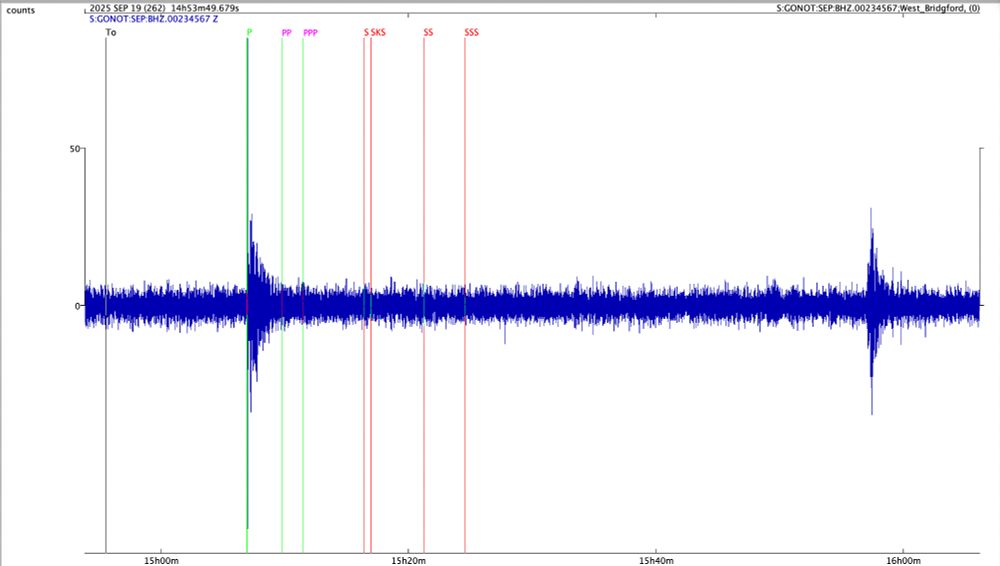Geological Outreach
@geooutreach.bsky.social
2.3K followers
680 following
310 posts
Geologist. Fond of garnets.
ESTA, FGS, FRGS, F.Lab, Prof Mbr
GSA
.
Mastodon: @[email protected]
Posts
Media
Videos
Starter Packs
Reposted by Geological Outreach
Reposted by Geological Outreach
Reposted by Geological Outreach
Reposted by Geological Outreach
Reposted by Geological Outreach
Reposted by Geological Outreach
Reposted by Geological Outreach
Reposted by Geological Outreach
Reposted by Geological Outreach
Reposted by Geological Outreach
Reposted by Geological Outreach
Reposted by Geological Outreach
Reposted by Geological Outreach




































